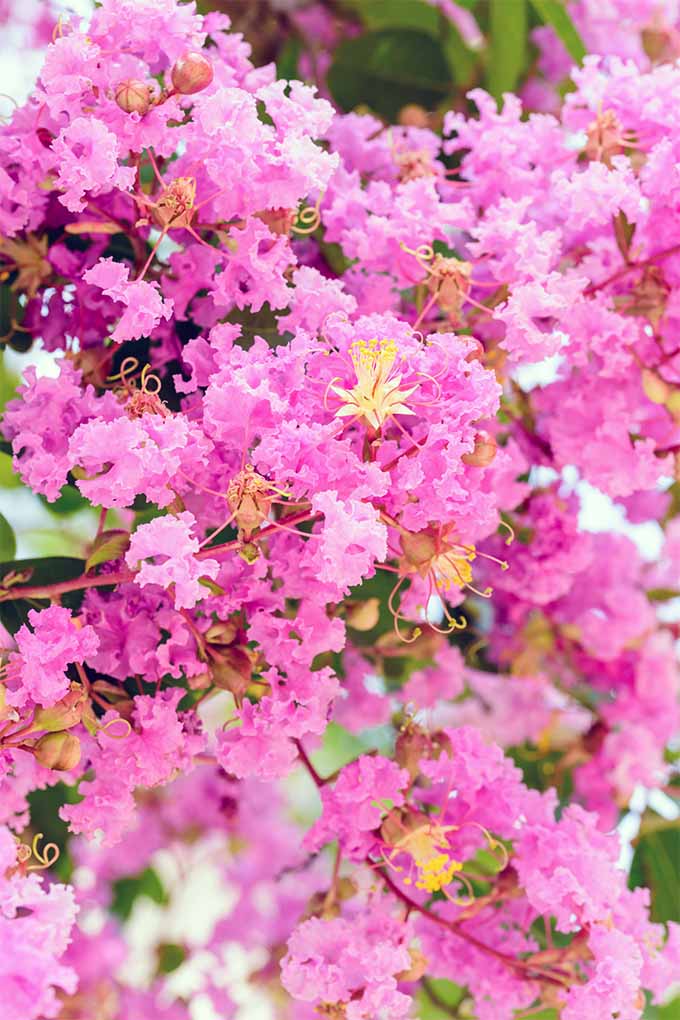Carpenter ants are a dangerous pest and can depreciate the value of your property over time. Please have your house and trees inspected annually for these potentially harmful critters.
Here are some red flags for tree infestations:
Sawdust near the base of the tree
Cavities and holes in the wood itself
Dead or dying limbs
Moist soil conditions around a tree and decaying debris, even firewood nearby
Aphid insects seen on tree leaves
How to treat carpenter ants:
Check out this link to learn more:
https://www.hunker.com/12302184/how-to-kill-carpenter-ants-in-a-tree
Unlike termites, carpenter ants do not actually eat wood, however they do burrow holes within trees and can lead to tree diseases and improperly healed wounds which are more vulnerable in high wind storms causing broken off limbs. We have been relentlessly having to remove many dangerous trees recently in the Philadelphia area.








